More than 3 million people in the United States have vision problems, even with the help of eyeglasses or corrective contact lenses.
These individuals are considered visually impaired. Vision problems may be caused by many eye conditions, including age-related macular degeneration, diabetic retinopathy, glaucoma, cataracts, or even a traumatic brain injury. Visual impairment also may be caused by trauma or inherited eye disorders.
Although many eye diseases can be treated by your ophthalmologist (Eye M.D.), some may result in the unavoidable loss of central vision (used for reading/detail work) or peripheral (side) vision—or both.
Visual impairment can range from mild to severe. Federal regulations define a certain level of visual impairment as legal blindness, which should not be confused with total blindness. Most of the approximately 1 million Americans defined as legally blind keep some useful vision.
How Is Sight Measured?
To understand the definition of visual impairment and legal blindness, you must know how your eyesight is measured. Central vision is measured using an eye chart. The results are recorded as a pair of numbers called visual acuity. Normal sight is scored as 20/20. The first number is the distance from the eye chart. The second number is the distance from which a normal eye clearly sees a letter on the chart. Someone with a visual acuity of 20/20 can see certain-sized letters at a distance of 20 feet. Someone with a visual acuity of 20/60 only sees letters at 20 feet which a normal eye identifies at 60 feet. The higher the second number of your visual acuity, the worse your vision will be.
Peripheral (side) vision is measured with an instrument called a perimeter. Using targets of different sizes and brightness, a perimeter measures the total area that you can see while looking straight ahead. The results are recorded in degrees. In a normal eye, peripheral vision is 180 degrees. A person with a much narrower visual field side vision may have trouble walking, recognizing people in a large room or driving a car—even when their central vision is excellent.
Your ophthalmologist also may administer other tests to measure your level of visual function. These include tests of eye movement, color and contrast vision, three-dimensional vision, and adjustment to light and dark.
What Is Legal Blindness?
When your visual acuity with eyeglasses or corrective contact lenses is 20/200 or worse, or your side vision is 20 degrees or less, you are considered legally blind—even though you may still have some useful vision. You may qualify for certain government benefits or receive assistance from public and private organizations if you are legally blind.
What Is Visual Impairment?
If your vision with eyeglasses or corrective lenses is 20/60 or worse, you are considered visually impaired. Limitation of side vision, abnormal color vision, or the presence of double vision in one eye also may determine visual impairment.
What Is a Visual Disability?
If you cannot perform certain tasks because of your visual impairment, you are considered “visually disabled.” An exact rating or quantification of your low vision is necessary to receive worker’s compensation, insurance disability benefits, legal claims, or certain forms of government assistance.
Visual disability is expressed in percentages to determine how much the whole person is disabled by their visual handicap. For example, total vision loss in both eyes is a 100 percent disability of vision, but only an 85 percent disability of the whole person. Keep that percentage in mind when filling out a disability claim, as it may affect which SSDI benefits you can access.
What Can I Do About My Visual Impairment?
- Schedule regular eye examinations with your ophthalmologist to monitor your eye health and remaining vision. Your eyes can be affected by more than one eye condition, so it is important that any new problems be diagnosed and treated promptly to preserve your remaining visual field.
- Ask your ophthalmologist about low-vision resources. There are many rehabilitation services and devices for people with reduced vision, including counselors, large and high-contrast print materials, audio publications and materials, optical and electronic magnifiers, mobility training, and improved lighting devices.
- Join a support group for people with similar eye problems.
- Ask your ophthalmologist to refer you to the appropriate state and local agencies for the visually impaired. These agencies can help you obtain handicapped parking, low-vision disability services, Social Security and Department of Veterans Affairs benefits, or information about federal and state tax exemptions for the visually impaired.
Related Articles


